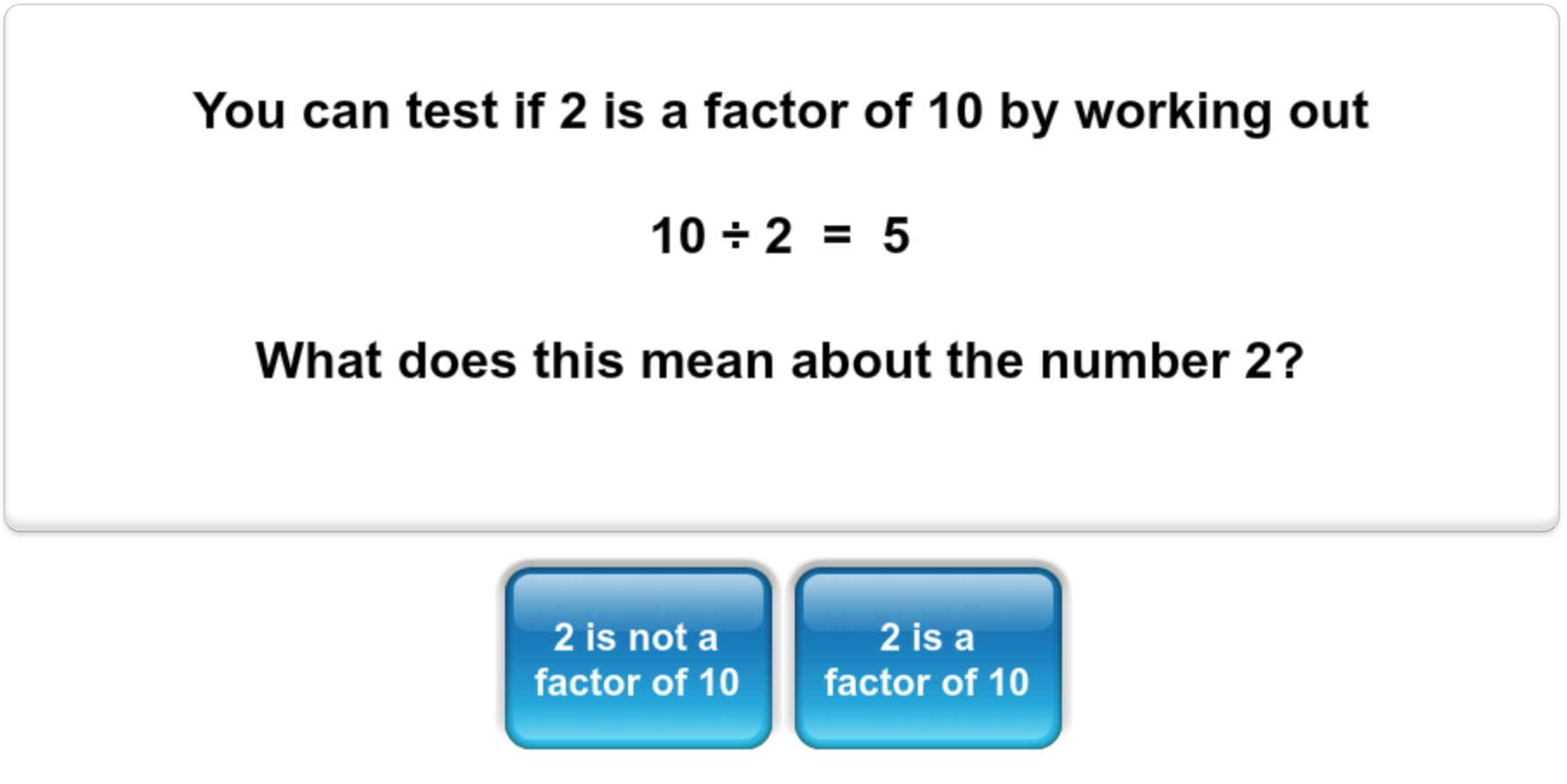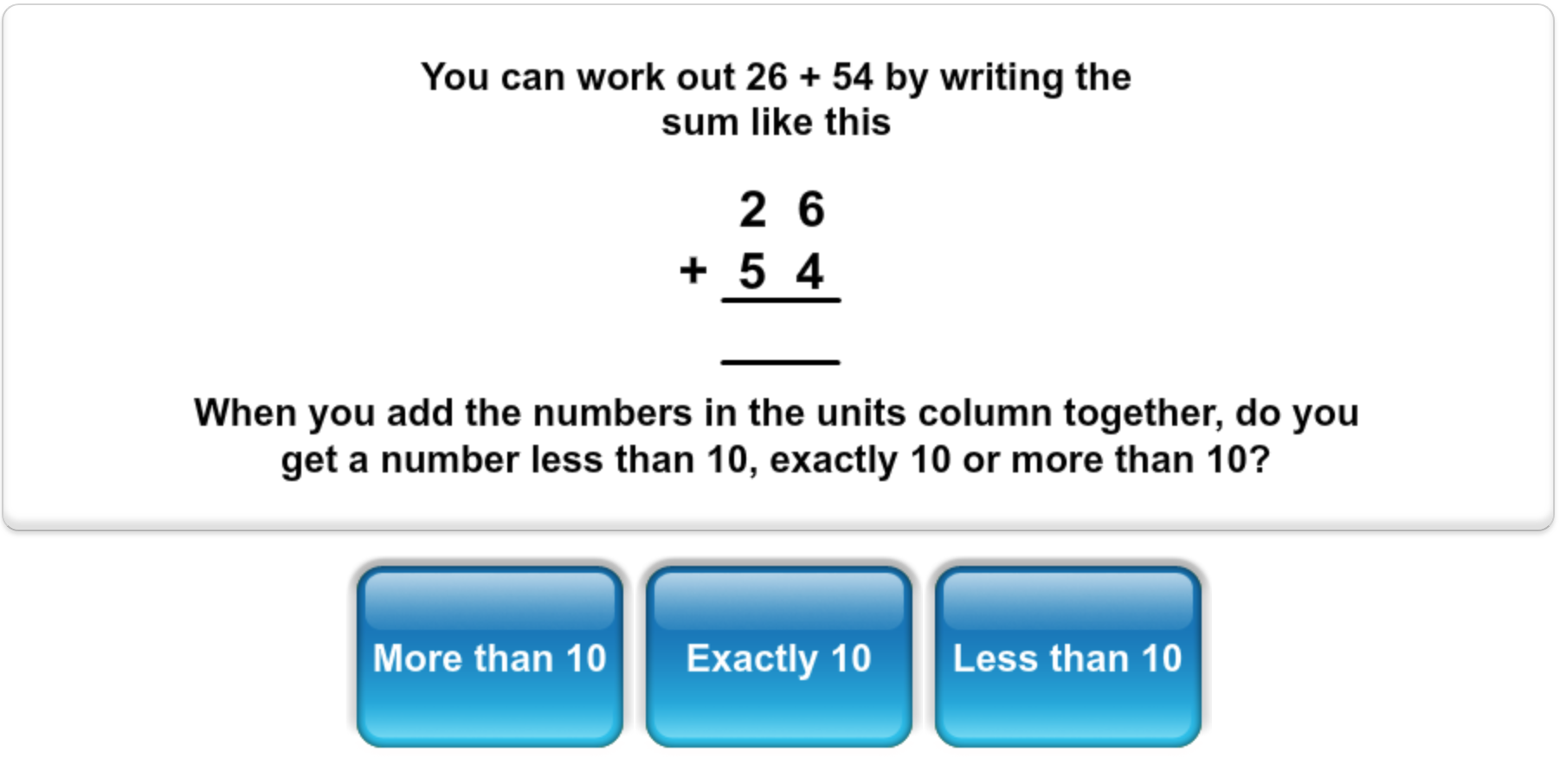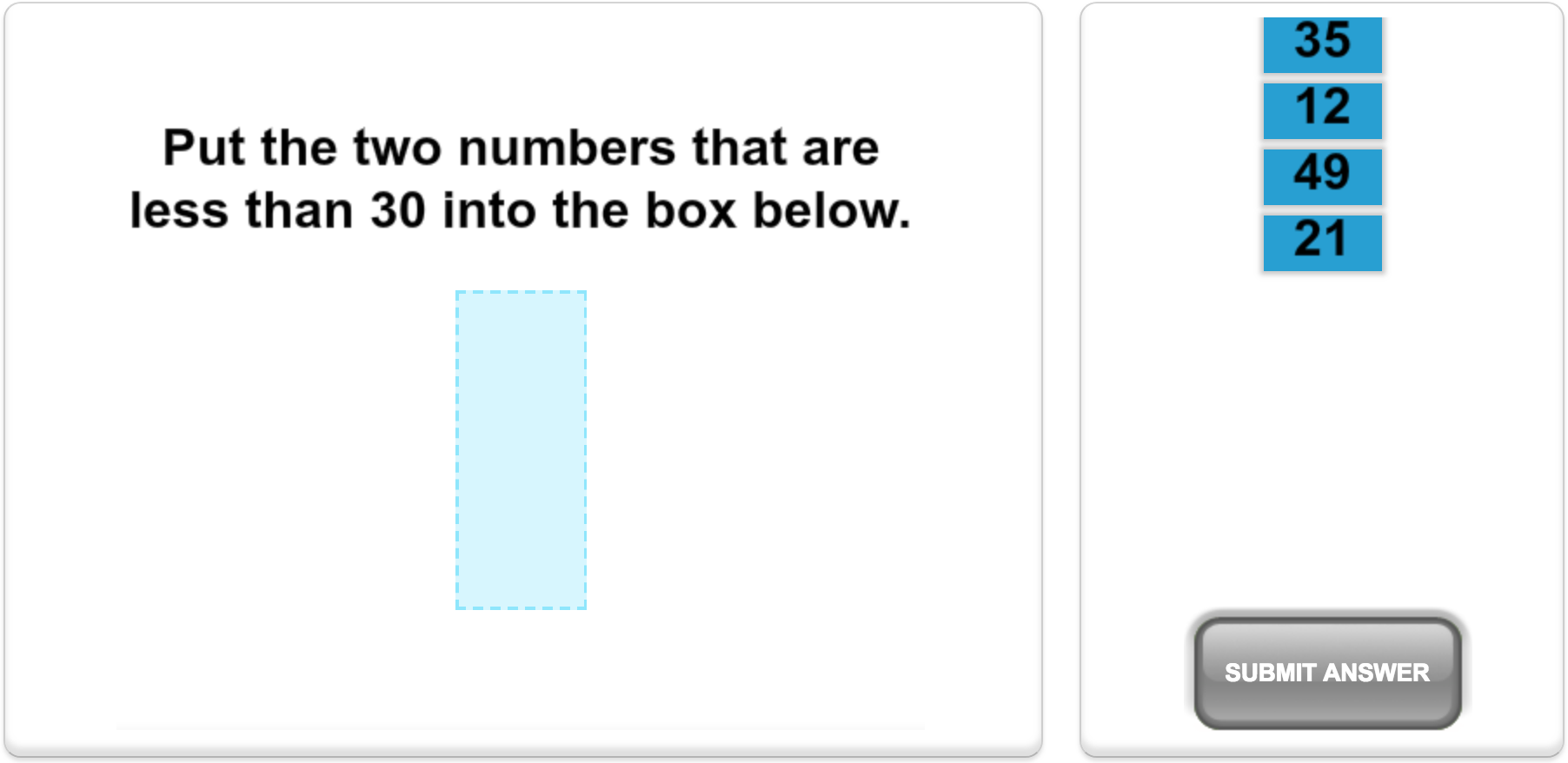How to teach Number using Mangahigh - inequalities
Get your students engaged in comparing values using the inequality signs with Mangahigh's maths game 'Deepest Ocean'. Students start with the '>' sign and positive values, collecting fish where the statement is true. The more fish the student collects the more challenging the questions become, progressing into deeper waters with '>' and '<' signs and negative integers.








